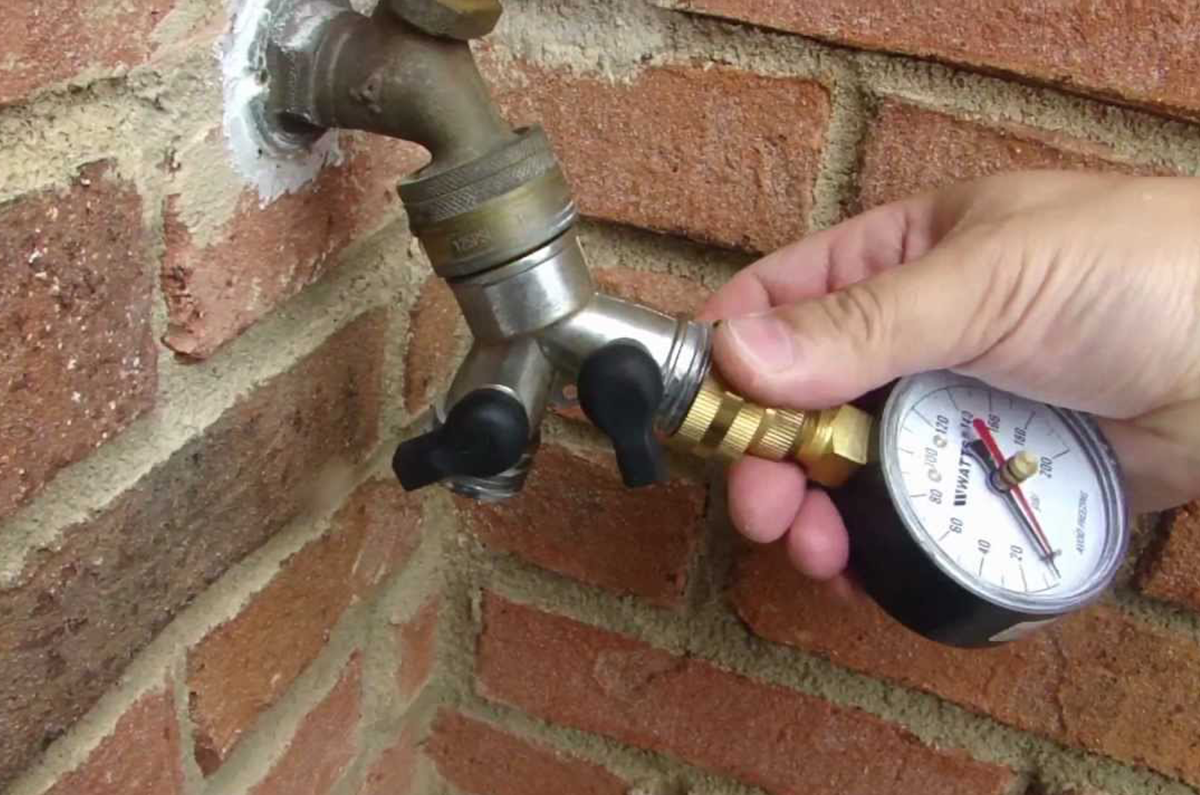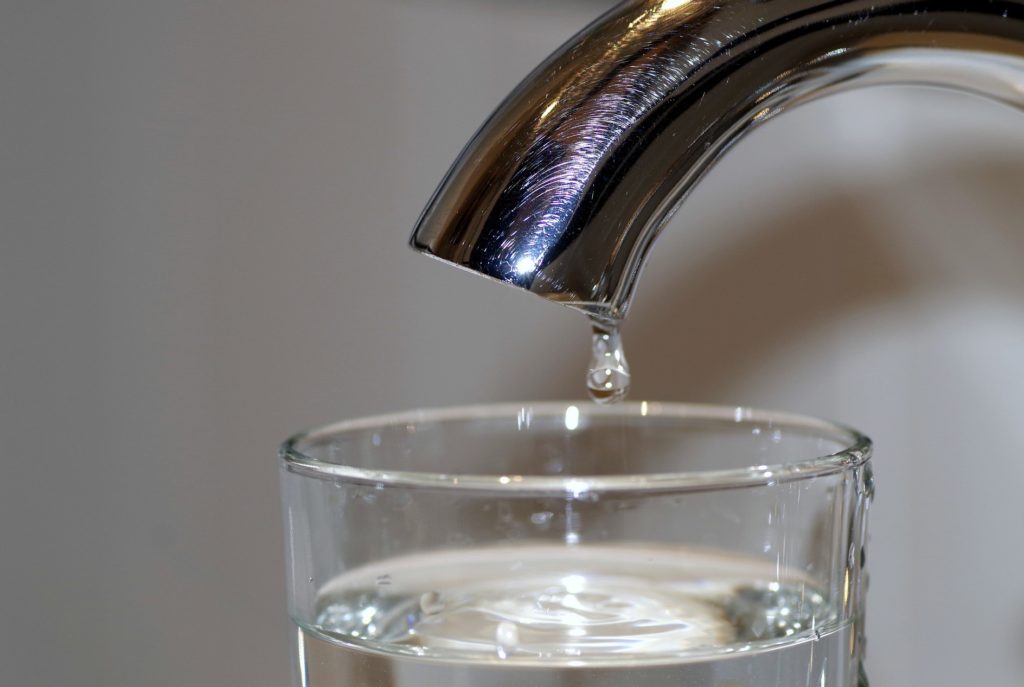Efficient Remedies for Managing Low Water Pressure in Your Home
Efficient Remedies for Managing Low Water Pressure in Your Home
Blog Article
Were you in search of content around 4 Ways to Troubleshoot Low Water Pressure?

Low water stress in your home can be an aggravating problem, influencing everything from showering to washing meals. If you're experiencing weak water flow, there are several feasible causes and options to check out. In this guide, we'll talk about common reasons for low tide stress and functional steps to resolve the problem effectively.
Intro to Low Water Pressure
Low tide stress happens when the circulation of water from your faucets, showers, and various other fixtures is weak than typical. This can make everyday tasks much more tough and much less effective. Understanding the sources of low tide stress is critical to finding the appropriate remedy.
Common Reasons For Low Tide Stress
Faulty Pressure Regulatory Authorities
Stress regulatory authorities are responsible for keeping constant water pressure in your home. If they malfunction, it can result in low tide stress or irregular circulation throughout your home.
Metropolitan Water Supply Issues
Often, the trouble exists outside your home. Metropolitan water system concerns, such as main line leaks or maintenance work, can temporarily decrease water pressure in your area.
Pipe Obstructions
With time, pipelines can come to be obstructed with mineral deposits, debris, or debris, limiting the circulation of water. This is an usual problem in older homes with galvanized steel pipelines.
Deterioration
Corrosion within pipelines can bring about leaks and lowered water pressure. Rust buildup can constrict water circulation, especially in aging plumbing systems.
Exactly How to Detect Low Tide Stress
Examining Pipes
Evaluate noticeable pipes for indications of leakages, corrosion, or blockages. Focus on any uncommon audios, such as banging or rattling pipelines, which can show issues within the plumbing system.
Consulting with a Plumber
If you're incapable to determine the reason for low water pressure, think about hiring an expert plumber to conduct a thorough evaluation. They can recognize underlying concerns and advise suitable remedies.
Examining Faucets and Fixtures
Begin by examining the water stress at different faucets and fixtures throughout your home. If the issue is isolated to particular areas, it may indicate local troubles.
Do It Yourself Solutions to Fix Low Tide Pressure
Flushing Hot Water Heater
Sediment accumulation in the water heater can restrict flow and decrease performance. Flushing the container occasionally aids remove debris and preserve optimum performance.
Checking Pressure Regulator
Guarantee that the pressure regulatory authority is working appropriately. Changing or changing the regulator can help bring back appropriate water stress throughout your home.
Cleaning Aerators and Showerheads
Mineral deposits can collect in aerators and showerheads, minimizing water circulation. Remove and clean up these components on a regular basis to improve water stress.
Clearing Up Clogs in Piping
For minor obstructions, attempt utilizing a plumbing snake or chemical drainpipe cleaner to clear blockages in pipes. Beware when using chemicals and follow security standards.
When to Call a Specialist Plumber
If do it yourself initiatives fall short to settle the concern or if you presume substantial plumbing issues, it's ideal to look for help from a licensed plumber. They have the competence and devices to deal with complicated concerns securely and efficiently.
Safety Nets to Maintain Water Pressure
Setting Up a Pressure Booster
Consider installing a stress booster pump to improve water pressure in locations with continually reduced circulation. This can be specifically beneficial for multi-story homes or buildings with high-demand components.
Monitoring Water Use
Bear in mind water usage routines and avoid ill-using the plumbing system. Basic changes, such as shocking showers and washing loads, can help preserve appropriate water stress.
Normal Maintenance
Set up regular maintenance for your plumbing system to prevent issues such as corrosion, leakages, and obstructions. Attending to minor problems early can aid stay clear of more substantial repair work later on.
Verdict
Dealing with low tide stress can be frustrating, but recognizing the underlying reasons and implementing ideal solutions can restore optimum circulation throughout your home. Whether it's cleaning up aerators, evaluating pipes, or seeking advice from a plumber, taking positive steps can guarantee a stable supply of water for your daily requirements.
FOUR WAYS TO FIX LOW WATER PRESSURE NOW
Turning on a shower or faucet only to find the water comes out in a sad, slow drizzle is never a good feeling. How exactly are you supposed to wash a pan or take a quick shower when it takes 10 minutes just to rinse off a little soap? The good news is that when your water pressure is bad, there's always a cause: typically one that can be easily fixed. Here are some of the most common causes of low pressure and what you can do to fix the issue:
DEBRIS AND MINERAL DEPOSIT BUILDUPS
If you notice low water pressure from just one or two of the fixtures in your house, the problem likely has to do with debris buildup. Water is full of minerals and other debris, all of which can accumulate in your pipes and on your fixtures. This can cause a blockage that affects how much water flows through. To fix this, try filling a small plastic bag with white vinegar, and use a rubber band to hang it around your showerhead or faucet. Let the head of the fixture soak for a few hours, and the vinegar should loosen the deposits.
WATER LEAKS
Leaks are another common cause of low water pressure. If water is flowing out of your plumbing through a hole or crack before it can reach your fixture, the pressure coming out of the faucet or showerhead will be lower. A plumbing professional is your best bet for finding and repairing a leak in your water supply pipes.
Leaks are another common cause of low water pressure. If water is flowing out of your plumbing through a hole or crack before it can reach your fixture, the pressure coming out of the faucet or showerhead will be lower. A plumbing professional is your best bet for finding and repairing a leak in your water supply pipes.
A VALVE ISSUE
If you have low water pressure throughout your home, check your main shut-off valve to make sure it's completely open. You may also want to see if there's a pressure-reducing valve installed. If there is, have a plumber help you adjust the settings to get the pressure you're looking for.
OTHERS USING WATER
Believe it or not, your low water pressure could be caused by your neighbors. If you notice low pressure at certain times of day, it may be because you and the people living next to you have similar schedules - when everyone is showering at the same time, the pressure will be lower in every home. Low pressure throughout the neighborhood may also be caused by an issue with your municipal water supply. If that's the case, call the supplier to see if they're working on the issue.
https://www.rotorooter.com/blog/water-leaking/low-water-pressure-fixes/

I hope you enjoyed our section about Dealing with Low Water Pressure in Your Home. Thanks a ton for finding the time to read through our blog post. Be sure to take a moment to share this page if you enjoyed it. I appreciate reading our article about 9 Reasons for Low Water Pressure in Your House.
Click For More Information Report this page